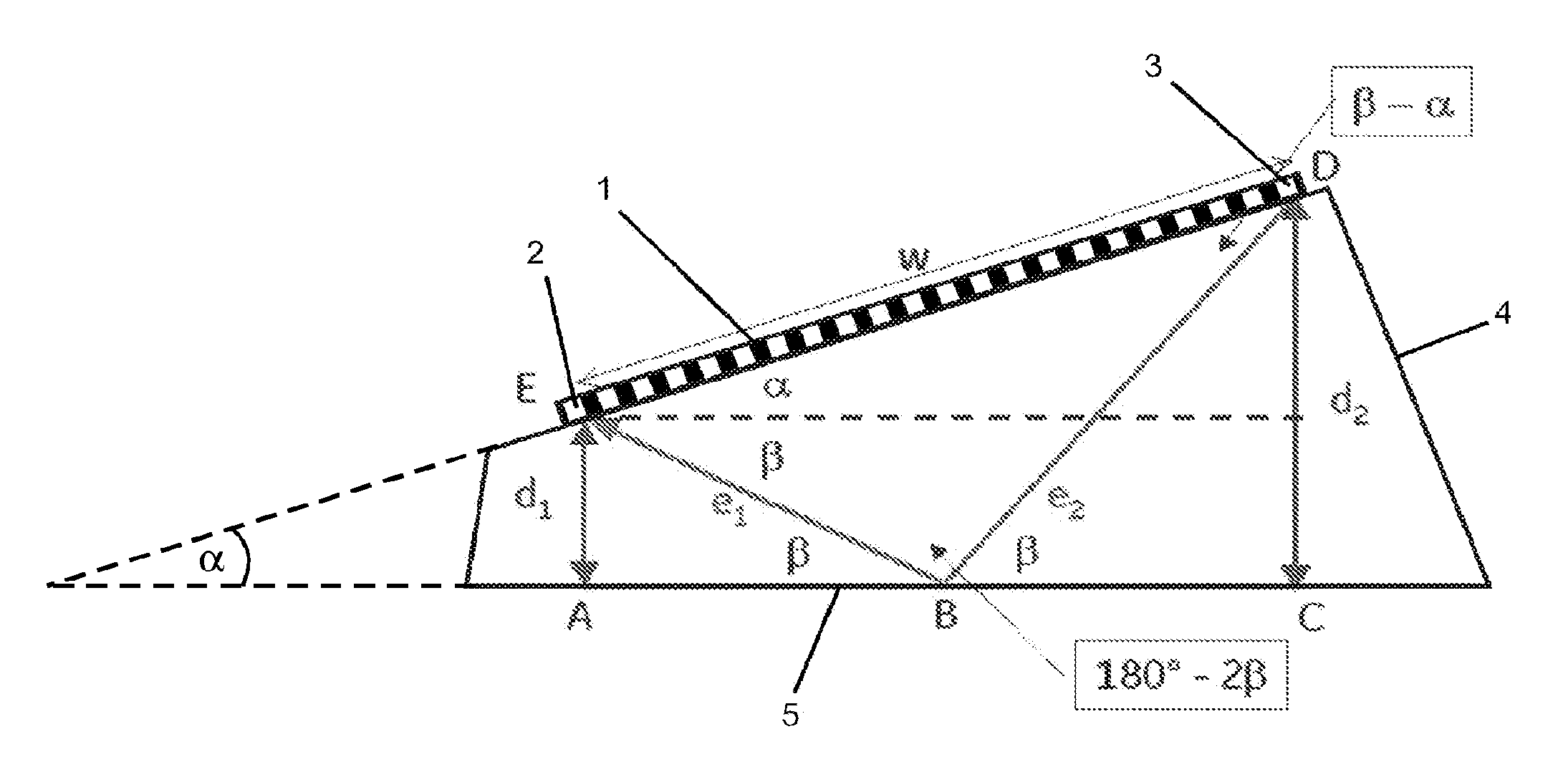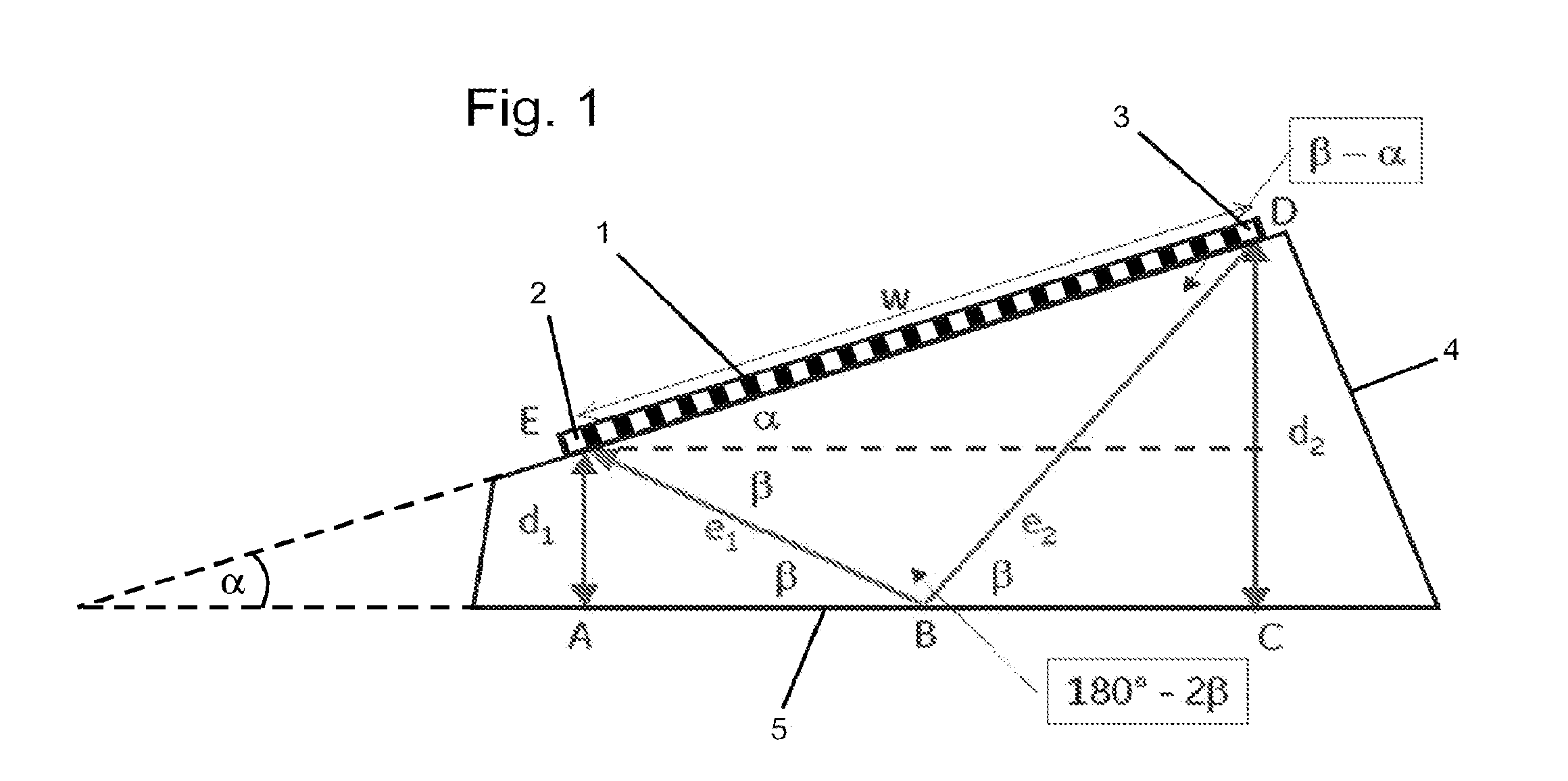Pulse-echo method by means of an array-type probe and temperature compensation
a technology of array-type probes and pulse-echo methods, which is applied in the direction of material magnetic measurements, and solid analysis using sonic/ultrasonic/infrasonic waves. it can solve the problem of high temperature-dependent sound velocity of thermoplastic materials used for leading bodies, and achieve easy adaptation of sound emission and accurate determination of sound velocity
- Summary
- Abstract
- Description
- Claims
- Application Information
AI Technical Summary
Benefits of technology
Problems solved by technology
Method used
Image
Examples
Embodiment Construction
[0028]In the preferred embodiment of the method according to the invention, an ultrasound inspection by means of a pulse echo is carried out on a workpiece, which is not shown in FIG. 1, by means of the probe shown in FIG. 1. The phased array 1 of the probe which is also used in the determination of the sound velocity in the leading body 4, as will be described later, is used in this embodiment. The phased array 1 comprises several (in this case 22) selectively controllable sound transducers 2, 3. During the ultrasound inspection, they can be controlled jointly and in phase, but jointly mutually out of phase, selectively in groups etc. The invention is not limited with regard to the process of the ultrasound inspection, and it is the responsibility of the person skilled in the art to select the respectively suitable controlling option. The ultrasound generated by the transducers 2, 3 of the phased array 1 passes through a leading body 4 of thermoplastic material in order to enter th...
PUM
| Property | Measurement | Unit |
|---|---|---|
| frequency | aaaaa | aaaaa |
| sound velocity | aaaaa | aaaaa |
| thermoplastic | aaaaa | aaaaa |
Abstract
Description
Claims
Application Information
 Login to View More
Login to View More - R&D
- Intellectual Property
- Life Sciences
- Materials
- Tech Scout
- Unparalleled Data Quality
- Higher Quality Content
- 60% Fewer Hallucinations
Browse by: Latest US Patents, China's latest patents, Technical Efficacy Thesaurus, Application Domain, Technology Topic, Popular Technical Reports.
© 2025 PatSnap. All rights reserved.Legal|Privacy policy|Modern Slavery Act Transparency Statement|Sitemap|About US| Contact US: help@patsnap.com



